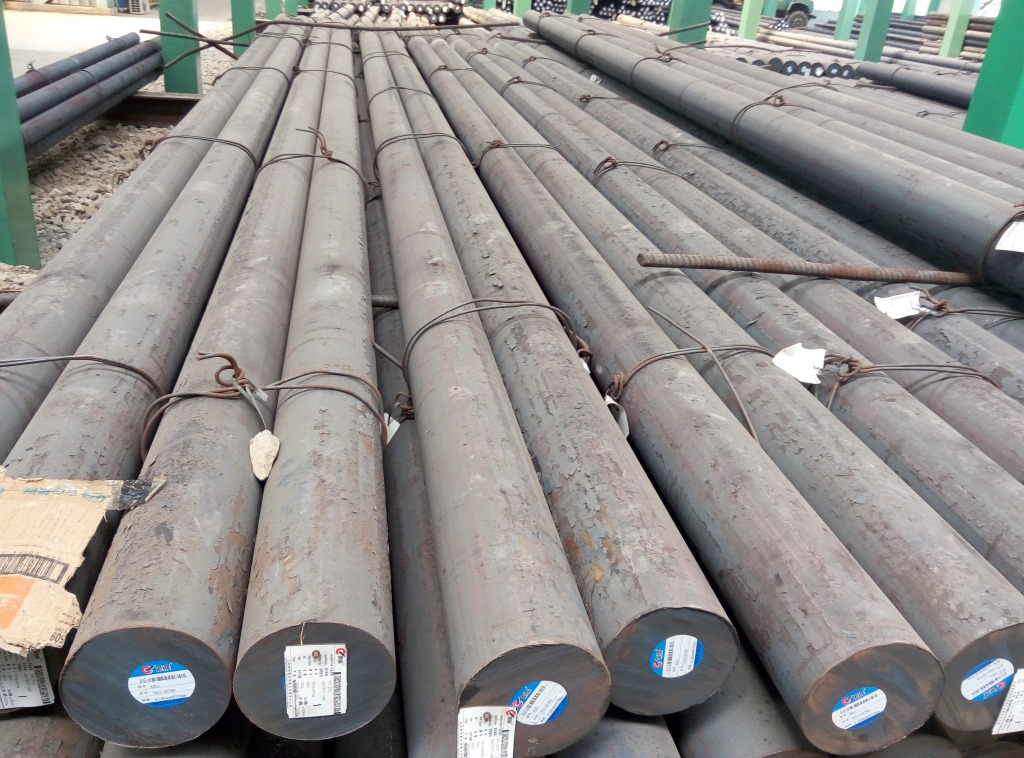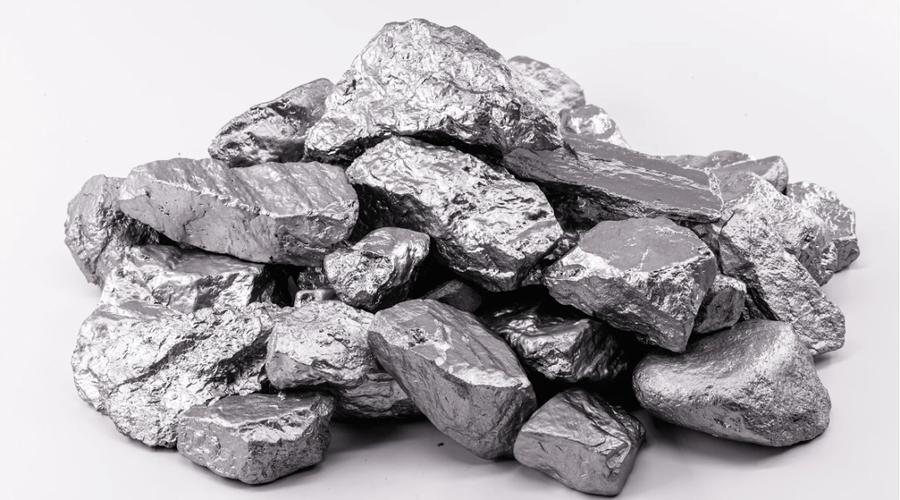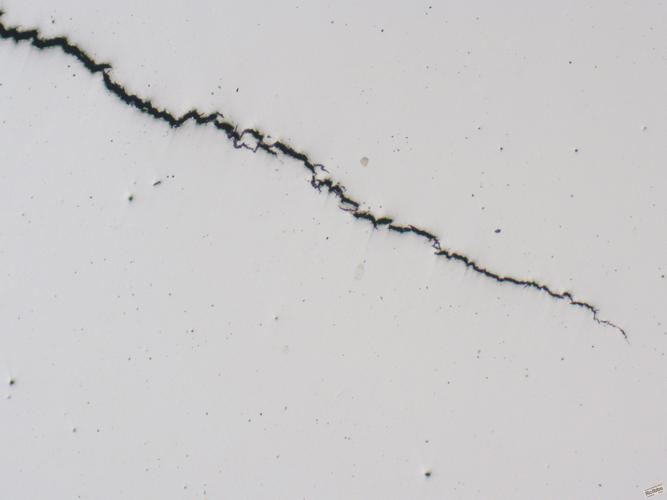What is creep deformation in stainless steel ? It is a critical issue in tubería de acero inoxidable y fitting systems and is a silent and gradual process.If your system routinely operates at extreme temperatures, the constant stress can lead to serious failures.
What Is Creep Deformation? A Slow, Steady Threat!
Creep deformation is the tendency of a solid material to deform slowly. It occurs under sustained mechanical stress or below the yield strength of the material. Most often it occurs under high temperature conditions. This deformation increases with time and may eventually lead to rupture, a major problem in long term high temperature applications.
Key Factors Influencing Creep Deformation
Creep is temperature dependent. Above the homologation temperature of the material (about 0.3-0.5 Kelvin above its melting point), creep becomes very pronounced. The higher the temperature, the faster the creep rate.
The material must be subjected to a constant load which is below the yield strength. The higher the stress level, the faster the creep rate. This leads to faster failure of the piping system.
Creep is a time-dependent process and deformation increases with time. Longer service life requires higher creep resistance. This is critical for continuous operation.
Different alloys have different creep resistance. Microstructure, grain size and alloying elements have an influence. Materials containing molibdeno have better creep resistance.
Corrosive environments can exacerbate creep, oxidisation or carburisation can reduce load carrying capacity. This accelerates the creep process.
Stages of Creep Deformation
| Stage | Descripción | Deformation Rate |
|---|---|---|
| Primary Creep | Decreasing rate, transient | Slowing |
| Secondary Creep | Constant rate, steady state | Stable |
| Tertiary Creep | Accelerating rate, necking, fracture | Rapidly increasing |
Qué hacemos
Creep Impact on Stainless Steel Piping
| Impacto | Descripción | Risk to System |
|---|---|---|
| Dimensional Changes | Pipes stretch, fittings distort | Misalignment, loose connections |
| Reduced Load Capacity | Material weakens over time | Risk of rupture under pressure |
| Intergranular Cracking | Voids form at grain boundaries | Leaks, sudden brittle failure |
| Service Life Reduction | Premature failure of components | Increased replacement costs |
| Safety Hazards | Leaks of hot or hazardous fluids | Personnel injury, environmental damage |
Preventing Creep Deformation in Stainless Steel Systems
- Choose a creep-resistant alloy: Select a grade of stainless steel known for its creep strength. Molybdenum-containing alloys (e.g., 316, 316H, 310, and duplex steels) are preferred. High-nickel alloys tal como Incoloy 800H are also excellent.
- Designed for stress reduction: Reduce applied stresses, use larger wall thicknesses, and increase support points. Design within safe operating limits.
- Control operating temperatures: Keep temperatures below critical creep thresholds or use effective cooling systems. This is critical to prolonging component life.
- Appropriate tratamiento térmico: Ensure that the material has an optimum microstructure. Solution annealing improves properties and increases creep resistance.
- Regular monitoring: Implement a monitoring programme to track deformation and carry out non-destructive testing. This will detect early signs of creep.
Sourcing Reliable Stainless Steel Pipe & Fittings
Elija una fabricante con amplia experiencia en acero inoxidable y que conoce sus propiedades únicas. Esto garantiza unos resultados de moldeo óptimos.
Garantizar el rigor calidad controles, incluidos los controles dimensionales, etc. Verificación de la integridad de los materiales y informes de ensayos de materiales también son fundamentales.
Trabajar con fabricantes reputados que ofrecen productos fiables de acero inoxidable y tienen certificaciones(por ejemplo ISO 9001 y CE-PED).
Confirme siempre el grado exacto de la aleación. Solicite Informes de ensayo de materiales (MTR). Esto confirma la composición química.
Asegúrese de que las tuberías y accesorios cumplen las dimensiones requeridas. Esto incluye ASME B36.19 (tuberías) o ASME B16.9 (accesorios).
Estas aleaciones requieren una soldadura especializada. Asegúrese de que se utilizan los metales de aportación adecuados. Verifique que procedimientos de soldadura.
Algunas aplicaciones pueden necesitar tratamiento posterior a la soldadura. Esto puede incluir el recocido en solución. Esto restaura las propiedades.
Contacto
- RM901 No.22 Tangjiaqiao Road Wenzhou China
- +86 577 8551 1171
- [email protected]
- https://www.kaysuns.com/



